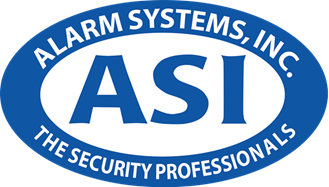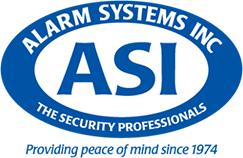5 Tips to Manage Physical Security Issues in the Manufacturing Industry
Industrial security is nothing new. Some credit Henry Ford for inventing industrial security when he developed his internal Psychological Department, fearing the kidnapping of his son. If Ford understood the threats in manufacturing were great then, one has to wonder if he could have imagined what they would be today. Current security threats in manufacturing are even more sophisticated and far-reaching, and addressing those needs by engaging security professionals for expertly planned systems in a modern manufacturing environment is more critical than ever.
The Major Complexities in Industrial Physical Security
Manufacturing represents a broad range of companies and products but they often share similar security concerns. For example, they may be prone to theft of high-priced or high-demand products. They may also be subject to industrial espionage or sabotage. When you combine those with the threats that come with industrial processes, such as general security, fire or other environmental concerns, the security needs in this sector are significant.
Great Security Technologies Do Not Promise Great Security
There have been huge advances in security technologies, making the opportunities nearly limitless. But great technologies do not guarantee great security. Well-planned and implemented industry-leading security system strategies do. Here are some critical tips to develop yours.
Recognize and Identify Threats
To understand your risks, you must identify all of your possible threats. The highest security concerns for most industries are workplace violence, criminality, theft, sabotage, and terrorist threats. However, your business may face other additional threats, such as having product or processes that could be compromised by elements such as temperature fluctuations or excessive moisture.
Assess Your Risk
No workplace is immune to serious threats, and it is important to have things in place to work against them no matter how small you believe the threat to be. Look at your risks from an operational perspective, and then decide what physical security measures should be in place. Your risks will vary according to elements such as location, products, and the materials used to make them. It is helpful to talk to a security professional to help assess the risk and recommend the most suitable security technologies.
Apply the Appropriate Physical Security Technologies
This may seem obvious but it very easy to over or under secure a facility. For example, it is possible to overbuy things like security cameras if you do not know the capability of the camera, or just as easily have too few cameras overestimating or misunderstanding their features. Talk to a professional about the most effective ways to achieve your physical security and monitoring goals with solutions that are stable, flexible, and scalable. Cover aspects that include:
- Access control for entrances and high-risk areas
- Intrusion detection
- Contact and motion sensors
- Fire systems
- Video surveillance
- Environmental monitoring
- Alarm monitoring
Re-evaluate Security Need Regularly
Your facility needs change with operational changes, expansions, employee turnover and more. Take time to reassess your security systems to be sure they are still adequate and appropriate.
Train Users
One of the most important and frequently overlooked aspects of physical security in the manufacturing industry is that of training. Have appropriate personnel become familiar with your security systems to troubleshoot and ensure they are always running properly. Once trained, these users can be the first line of inspection in preventing serious issues.
Have questions about physical security for the manufacturing industry? Give us a call! 844-222-2280

















